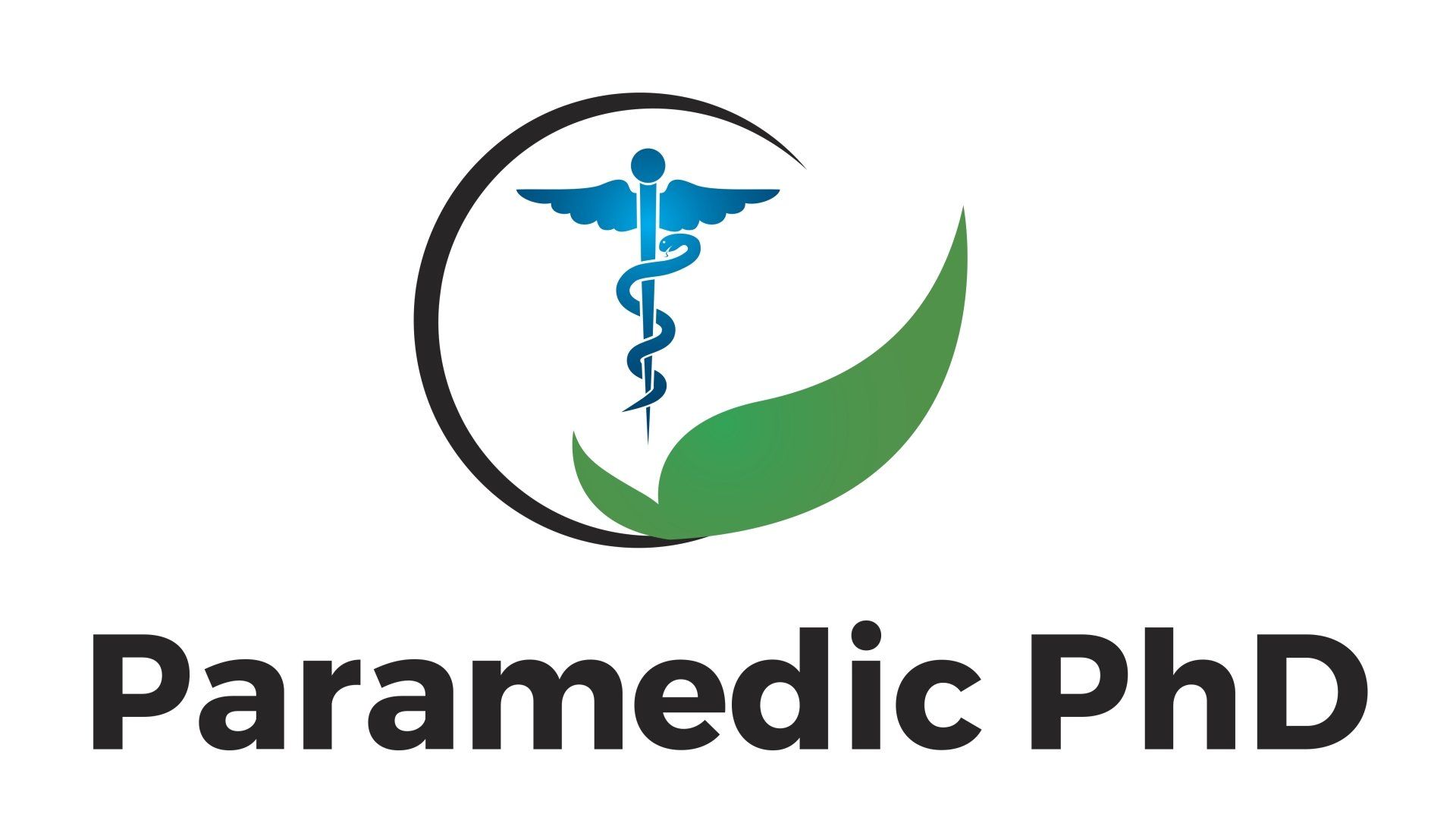Doctorate
Doctorate Title: Interfacility Critical Care Transfers in Saudi Arabia: Measuring adverse events, mortality comparison and consensus on interventions in adult critical patients transferred by paramedics
Doctorate Description: Introduction: paramedics conducting interfacility transfer of critically-ill patients is one of the existing models in interfacility transfer. The paramedic model is available in multiple countries, including the Kingdom of Saudi Arabia. Paramedics’ expanded scope of practice has allowed them to transport, monitor and intervene with complex patients. This PhD thesis is designed to evaluate the safety of the paramedic model in Saudi Arabia conducting interfacility transportation of critically-ill patients.
Method: the PhD thesis is mixed methods. A systematic literature review was conducted to examine literature on the safety of paramedics in interfacility transfers. A retrospective chart review was conducted to examine the incidence, predictors and pattern of adverse events seen in interfacility transfers by paramedics in Saudi Arabia. Following this, a retrospective chart review of interfacility transfers by physicians to the same institution was conducted to compare in-hospital mortality and 30-days survival in both groups. Finally, an expert survey was conducted to examine the consensus of paramedics’ intervention to adverse events seen in interfacility critical care transfers.
Results: the literature showed that the frequency of adverse events seen by paramedics in interfacility transfers ranges from 5.1% to 18%. The rate of adverse events in adult critical patients transferred by paramedics to a tertiary care facility in Saudi Arabia was 13.7%, in-hospital mortality was 30.4% and 30-days survival was 68.1%. There is no significant difference regarding in-hospital mortality or 30-days survival between the paramedic and physician models. The paramedics’ interventions in interfacility adult critically-ill patients were rated appropriate by the majority of the experts in 86.8% of cases; the probability of an intervention to be appropriate was 84.9%.
Conclusion: paramedics with appropriate training and skill can safely transfer critical interfacility adult patients. The mortality outcomes in the paramedic model are comparable to the physician model.
Details:
Type: PhD
University: University of Warwick
Primary Supervisor: Professor Richard Lilford
Category: Other
Funding: Employer
Start Date: 2014
End Date: 2017
Status: Complete
Thesis
ThesisResearch Interests
paramedic expanded scope of practice, interfacility transfers and resuscitation.
Publications
A Systematic Review of the Prevalence and Types of Adverse Events in Interfacility Critical Care Transfers by Paramedics.
Incidence and predictors of adverse events and outcomes for adult critically ill patients transferred by paramedics to a tertiary care medical facility




